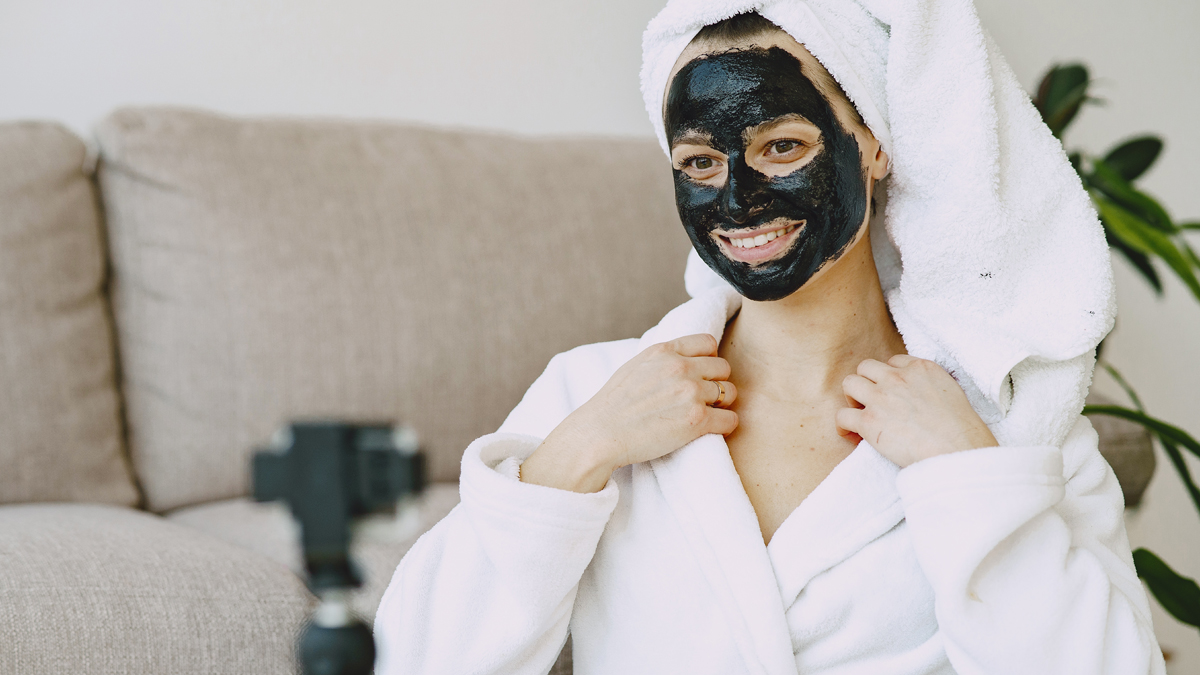In early 2024, Greenville County resident Tommy Lewis Neal was looking for something extra he could do at home to rejuvenate his skin and combat a bout of later-age acne. He saw something online that suggested toothpaste and lemon juice for a good facial, and coconut oil to combat the acne.
But when he checked with a professional dermatologist, he learned that both methods would not only do him more harm than good, but that the coconut oil “would actually clog my skin pores,” Neal said.
“So before doing any kind of home treatment, I decided to get some expert advice first to make sure that anything I tried wouldn’t backfire in some way,” he added.
Neal’s experience is far from singular – as the number of people seeking Do-It-Yourself (DIY) dermatology treatments is not only rising but is also increasing at an all-time high.
Across the board in the U.S., micrographic surgeons, cosmetic surgeons and professional skin specialists of all kinds are warning that like Neal, you should check first with a dermatologist about any intended home treatments before trying anything on your own.
“There is no question that we have seen a rise in the prevalence of DIY dermatology,” said Dr. Charles Dunn, an affiliate of the Dermatology & Laser Center of Charleston and chief resident in the KCU-GME Consortium of Advanced Dermatology and Cosmetic Surgery. “I believe this movement is more related to greater accessibility to information online…which may or may not be evidence-based.”
While some conditions such as mild acne, dry skin and basic skin protection can be managed with well-informed at-home methods, Dr. Dunn said that others – including mole checks, severe acne, persistent rashes or sudden skin changes – could prove disastrous without consultation.
“Misuse of things like DIY chemical peels or prescription strength treatments without guidance can cause significant damage, and should be avoided,” he said. “In general, I also tell people that the more radical the claim is on social media in terms of the therapeutic benefit, the more skeptical I would be.”
Dr. Dunn mentioned several common skin practices to incorporate into home treatments, including:
• Daily Moisturization. Whether your skin tends to be oily or dry, moisturizing daily, especially while your skin is still damp (such as after a shower) is important to keeping the skin hydrated. This practice alone can help address eczema, itchiness, undesired wrinkles and even brittle nails. Using fragrance-free creams or ointments instead of lotions tend to be thicker and lock in moisture better.
• Daily sun protection. Avoid direct sun exposure during peak UVB hours: 10 a.m.-2 p.m. Seek shade and wear hats/sunglasses when outside. Applying broad spectrum, high sun protection factor daily lowers your risk of developing skin cancer by at least 40 percent and reduces skin aging by another 24 percent.
• Get to know your skin. Roughly half of skin cancers are detected by patients themselves. But to do so, you need to know your body. Examine your skin from head to toe at least once a month. Look for spots that are growing or changing over time. The American Academy of Dermatology (AAD) can supply resources on how to do this with best results.
“I have had patients come to me after trying to ‘fix their bug bites with a homemade salve’ which actually caused an allergic reaction – or remove their own skin tags using methods that ended up leading to unfortunate scarring or, even worse, the skin tags in question were actually skin cancers,” Dr. Dunn said.
Both he and other colleagues stressed that working with a dermatologist is vital in helping to know what home skin treatments are effective and which ones you should always avoid – especially since the demand for DIY healing is only expected to keep growing.
For example, in 2022, researchers for the National Institutes of Health in Bethesda, Maryland, reported that the U.S. home medical equipment market, with therapeutic equipment being the highest contributor, is estimated to reach $56.45 billion by 2027 – nearly double the amount from 2019.
Statista, a global data and business intelligence platform, recently reported that total revenue from the DIY dermatology industry is expected to exceed $25 billion by the year 2025 – an increase of more than $11 million since 2016.
“For consumers of skin care, there is a tremendous amount of information in the public sphere, and it comes from all kinds of sources,” said Dr. Todd Schlesinger, director of the Dermatology & Laser Center of Charleston and the Clinical Research Center of the Carolinas. “It is important to consider the source when learning about skin care. And you can trust your dermatologist to help you navigate what can seem like a very complex topic, while at the same time, doing good things on your own to foster your own excellent skin health.”
By L. C. Leach III







